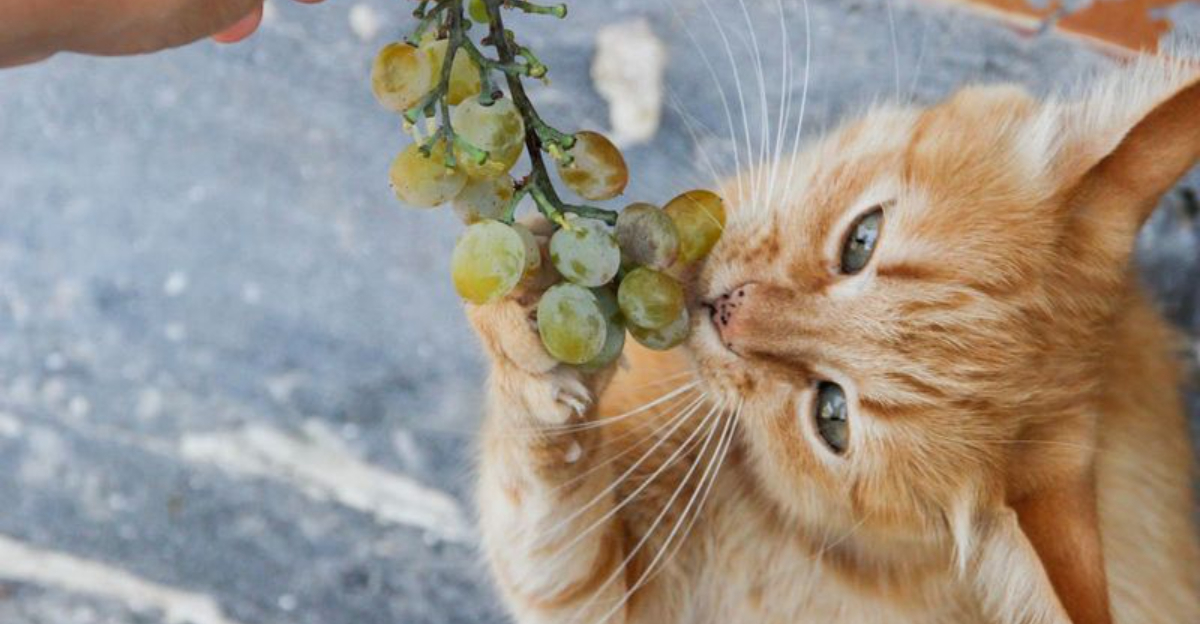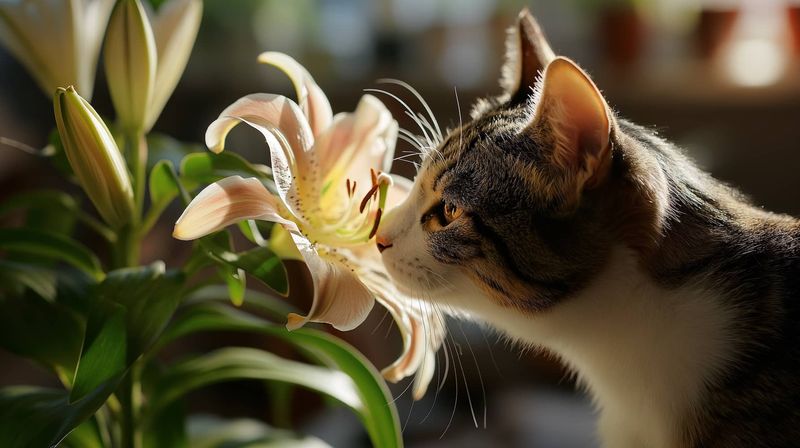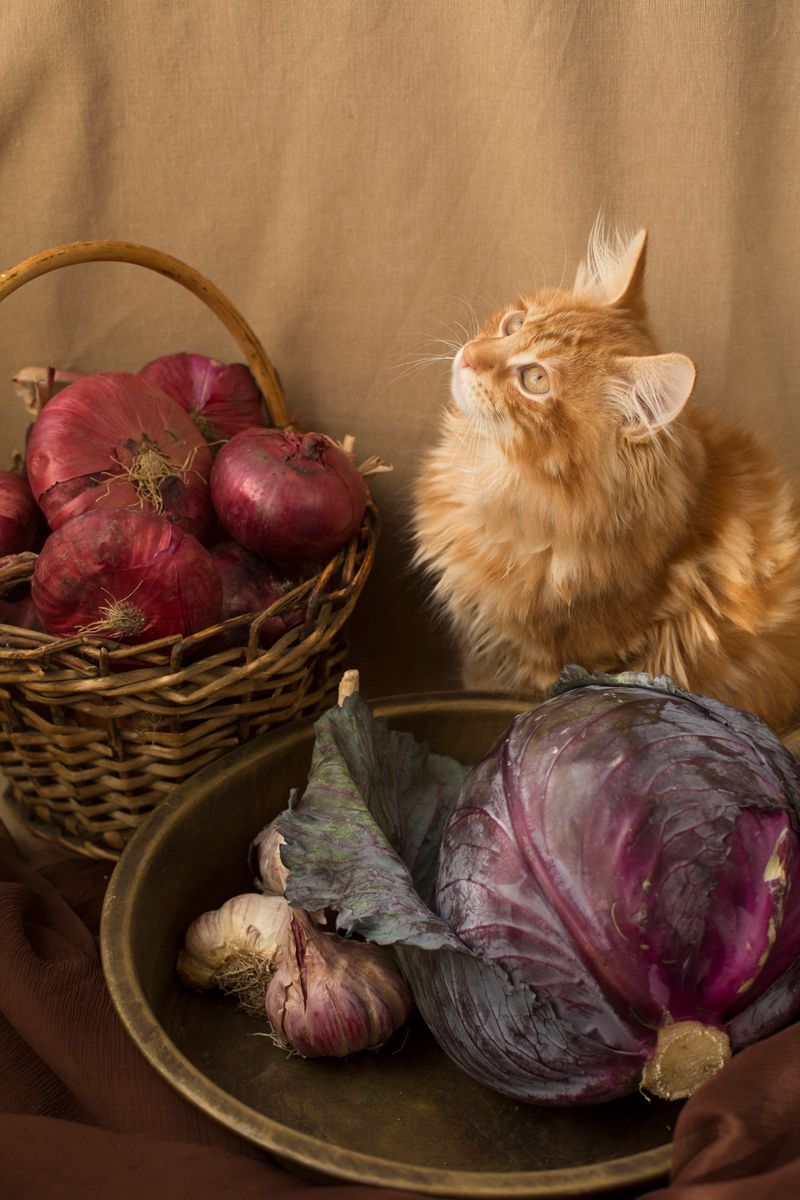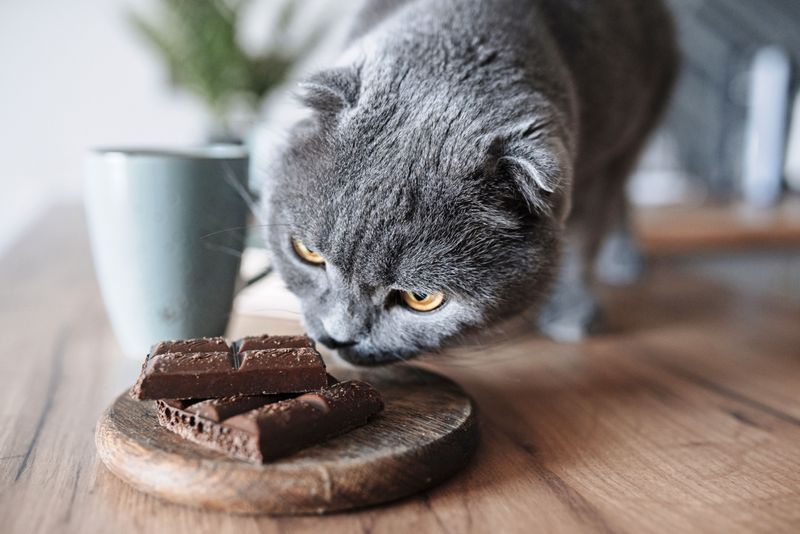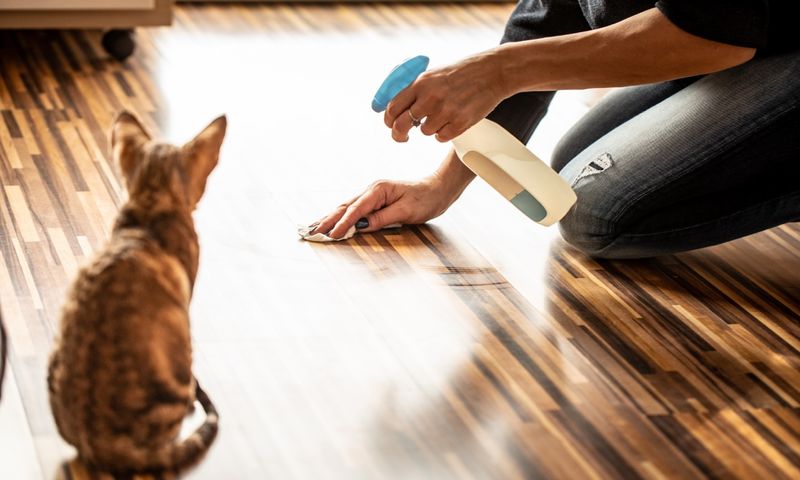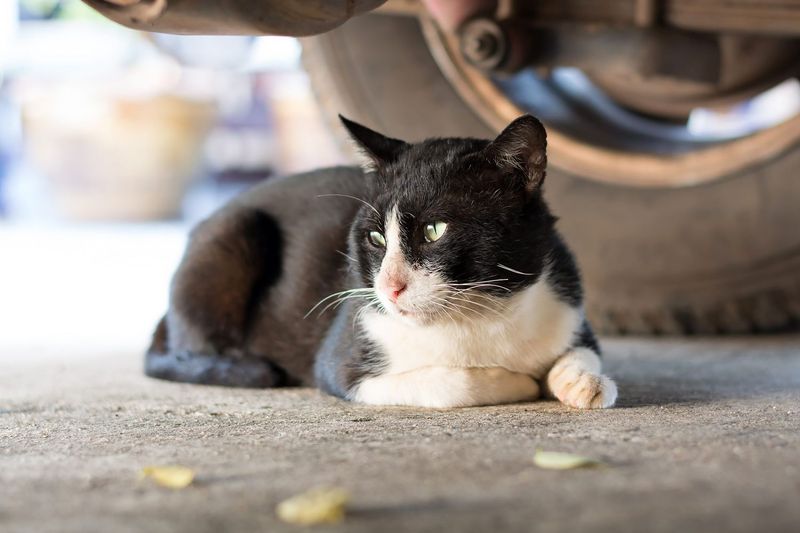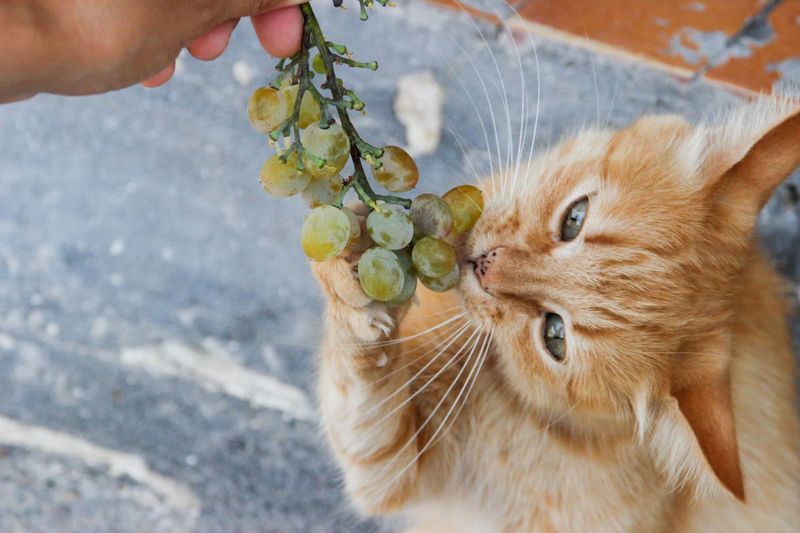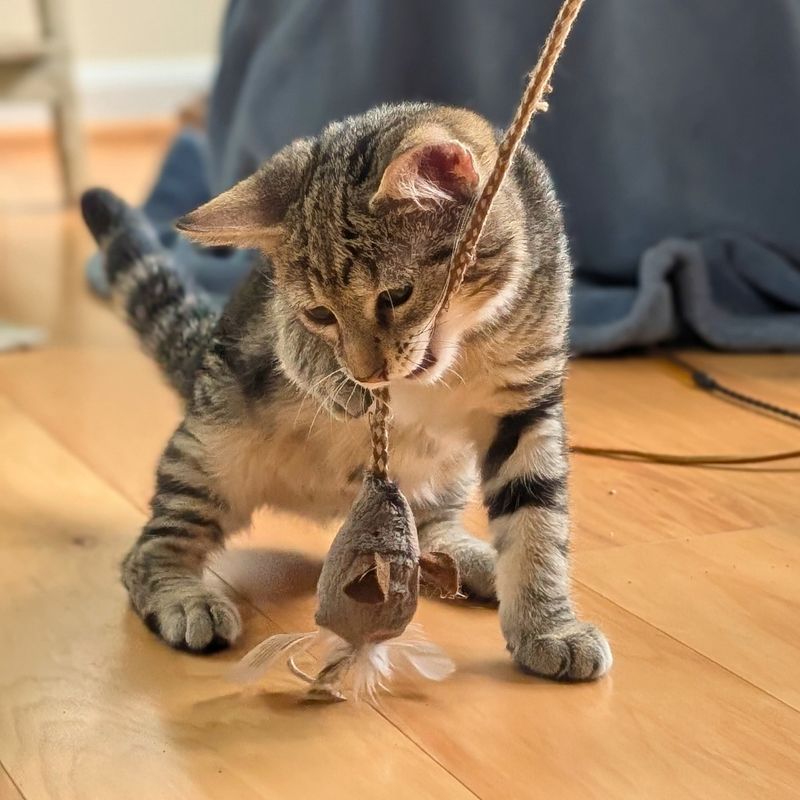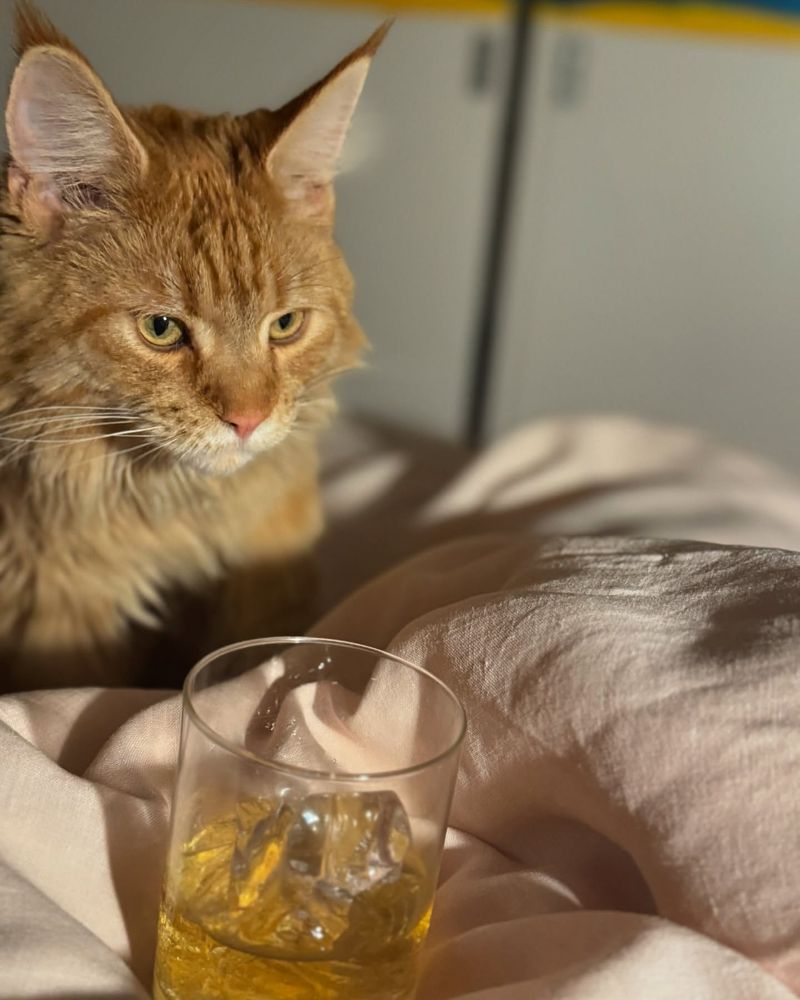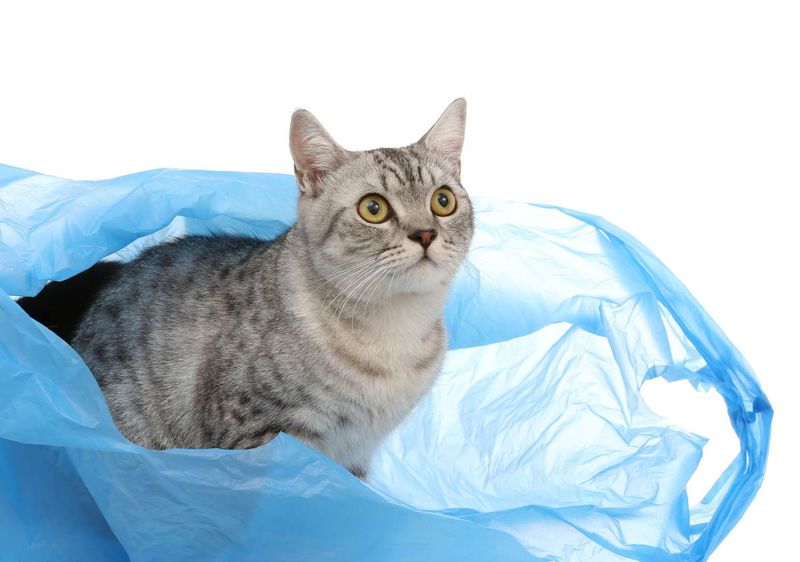📖 Table of Content:
Cats’ curiosity often leads them into mischief, making it essential for owners to recognize hidden dangers. While their playful exploration is endearing, it can expose them to unexpected risks. Knowing what to keep out of reach helps protect your cat from harm and ensures a safer environment.
From toxic plants to common household items, many everyday objects can pose serious threats to feline health. Understanding these potential dangers allows you to take simple precautions and prevent accidents. Small changes in your home can significantly reduce risks and keep your cat healthy.
By staying informed and aware, cat owners can create a secure and happy space for their pets. Taking steps to remove hazards can prevent unnecessary emergencies and promote well-being. A safer home means a happier, healthier cat for years to come.
1. Lilies
The beauty of lilies can be deceivingly dangerous for cats. Even a small exposure to the pollen, leaves, or petals can cause serious kidney failure. This makes lilies one of the most toxic plants for felines. Ingesting any part of the plant can lead to vomiting, lethargy, and loss of appetite.
If you suspect your cat has come into contact with lilies, immediate veterinary attention is crucial. Keep these plants out of homes with cats, or opt for safer alternatives like orchids or roses. Your vigilance can prevent a potentially fatal accident.
2. Onions and Garlic
These two staples in many kitchens actually pose a threat to cats. These common ingredients contain compounds that can damage feline red blood cells, leading to anemia. Symptoms like weakness, reduced appetite, and pale gums might appear if ingested.
Whether raw, cooked, or in powdered form, onions and garlic should be kept away from your cat’s reach. Be cautious about leftovers or dishes seasoned with these ingredients. By ensuring these foods are inaccessible, you can protect your cat from potentially severe health issues.
3. Chocolate
Chocolate is a well-known hazard, not just for dogs, but for cats too. It contains theobromine, a compound toxic to felines. Depending on the amount eaten, symptoms can range from diarrhea and vomiting to seizures and even heart failure.
Dark chocolate, due to its higher concentration of theobromine, is especially dangerous. Always store chocolate in secure, cat-proof areas. Educate family members and guests about this risk to prevent accidental exposure. Prioritizing your cat’s safety will help avoid unnecessary vet visits.
4. Household Cleaners
Effective at tackling dirt, household cleaners can unfortunately be hazardous to cats. Their chemicals may cause skin, eye, or respiratory irritation, and accidental ingestion can lead to serious gastrointestinal problems. Choosing pet-safe cleaning products is a safer way to protect your feline friend.
When cleaning, ensure your cat is not in the vicinity, and store all products in a secure, cat-proof location. Consider using pet-friendly and eco-friendly cleaning alternatives. This vigilance helps maintain a safe home environment for your cat.
5. Human Medications
Lethal to cats, human medications—whether prescription or over-the-counter—pose a significant risk. Cats metabolize drugs differently, making them extremely sensitive to substances like pain relievers, antidepressants, and cold medications. Even small doses can have dangerous consequences.
Always store medications securely and never administer human medicine to your cat unless directed by a vet. Accidental ingestion requires immediate veterinary care. Keeping these substances out of reach prevents tragic accidents and keeps your feline safe.
6. Antifreeze
Sweet but deadly, antifreeze poses a severe threat to cats. The ethylene glycol it contains is highly toxic, leading to swift kidney failure. Ingesting even a teaspoon can be fatal, making it crucial to keep antifreeze securely stored and any spills cleaned immediately.
Always check for leaks and clean up spills immediately. Keep antifreeze containers tightly sealed and stored away from pets. Alternatives with propylene glycol are less harmful but still require caution. This proactive approach can save your cat from a deadly mistake.
7. Grapes and Raisins
Though they may appear harmless, grapes and raisins can lead to kidney failure in cats. The exact toxin responsible remains unknown, adding to the urgency of keeping these fruits away from your feline friend. Even small amounts can pose serious health risks.
Symptoms of ingestion include vomiting, lethargy, and decreased urination. Always keep grapes and raisins out of your cat’s reach and educate family members about this hidden danger. Simple precautions can prevent serious health issues.
8. String and Yarn
Irresistible as toys, strings and yarn can pose serious dangers to cats. Ingesting these objects may lead to life-threatening intestinal blockages, often requiring surgical removal. Supervised play with safer alternatives helps prevent such risks.
When playing with your cat, supervise their interactions with string-like objects. Store crafting supplies away from curious paws. Opt for safer toys designed specifically for cats. By being vigilant, you protect your cat from potential harm while still engaging in fun activities.
9. Alcohol
Alcohol is toxic to cats, even in small amounts. It affects their liver and brain, leading to symptoms like vomiting, diarrhea, difficulty breathing, and even coma. Cats can be exposed through spilled drinks or foods containing alcohol.
Always clean up spills immediately and keep alcoholic beverages out of reach. Be mindful during social gatherings, ensuring guests are aware of the risks. By maintaining a watchful eye, you can prevent accidents and keep your cat safe.
10. Plastic Bags
Curious cats can face serious danger from plastic bags, which pose a risk of suffocation if they crawl inside. Ingesting even small pieces can lead to digestive blockages, making it essential to keep plastic bags out of reach.
Always store plastic bags out of your cat’s reach and consider switching to reusable cloth bags. Supervise your cat when unpacking groceries to avoid accidental exposure. These simple steps can prevent dangerous and potentially fatal incidents.
